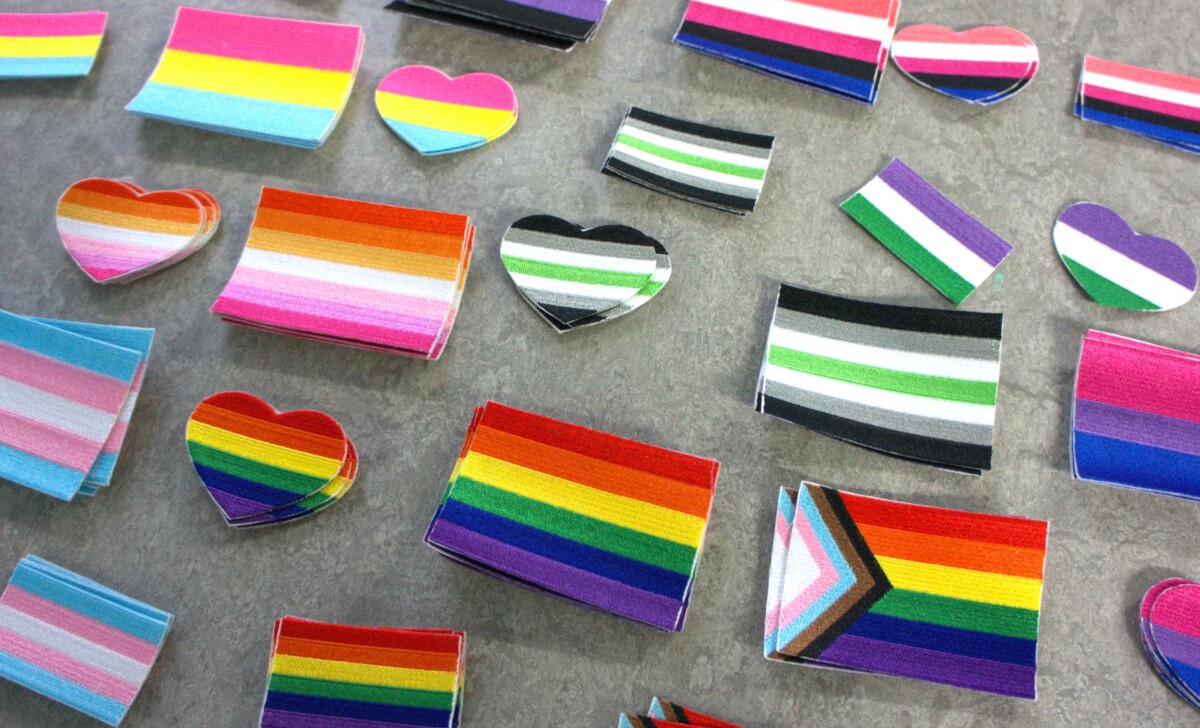Queer Concordia, in partnership with the Concordia University Centre for Creative Reuse, held an event on March 7 that allowed people to “queerify” and decorate their clothes for free
Queer Concordia held an event on March 7 in collaboration with the Concordia University Centre for Creative Reuse (CUCCR) to give students the opportunity to “queerify” their old garments with free patches, pins, paint and more.
The event, made possible by one of Queer Concordia’s event coordinators Jessica Winton, was a way for Concordia’s queer community to meet, join and craft together.
“I think a lot of queer people are afraid of showing their pride in smaller ways, so it’s an encouraging environment when you have multiple people doing it at once so you don’t feel alone, and you can meet people while doing it,” said Winton.
Queer Concordia is a resource centre on campus for queer students and allies. They host different events and parties throughout the year and even have office hours. In addition to the ‘“queerify your clothes” event, they’ve also organized movie nights, greenhouse hangouts and laser tag, to name a few.
A handful of people attended the event to decorate their clothing with an assortment of pride flag iron-on patches, colourful threads and buttons. Some of the attendees were veterans of Queer Concordia events, while others were newcomers.
Isabella Bortot, an exchange student from Italy, attended her first Queer Concordia event to fix up an old pair of jeans. “I love embroidery and I love the fact that it was a queer event because I’ve been meaning to get in touch with my community since I’ve been here a couple of months,” she said.
Queer spaces not only build community, but they can also save lives. According to The Trevor Project, LGBTQ+ youth aged 13 to 24 years old report lower rates of suicide attempts when they can access LGBTQ+-affirming spaces.
These spaces can also help people feel less alone and build new connections. “I’m someone who had to abandon all of my friends when I came out as trans,” said Winton, “So, I know that if I wasn’t socialising at queer events, I probably wouldn’t have very many.”
For Bortot, even if she believes every university event should be a safe space for the LGBTQ+ community, she still finds value in queer events.
“As a minority, we find our strength in our community, in people that are like us, and so to be able to bond with people that are like us is to be stronger and to find our place in this city,” she said.
This event offers a change from alcohol-centered queer events. “It’s very important for people with anxiety, or people like myself who don’t drink, to try and have these more relaxed spaces rather than nightlife,” said Winton.
Upcoming Queer Concordia events can be found on their Instagram and other social media pages.
